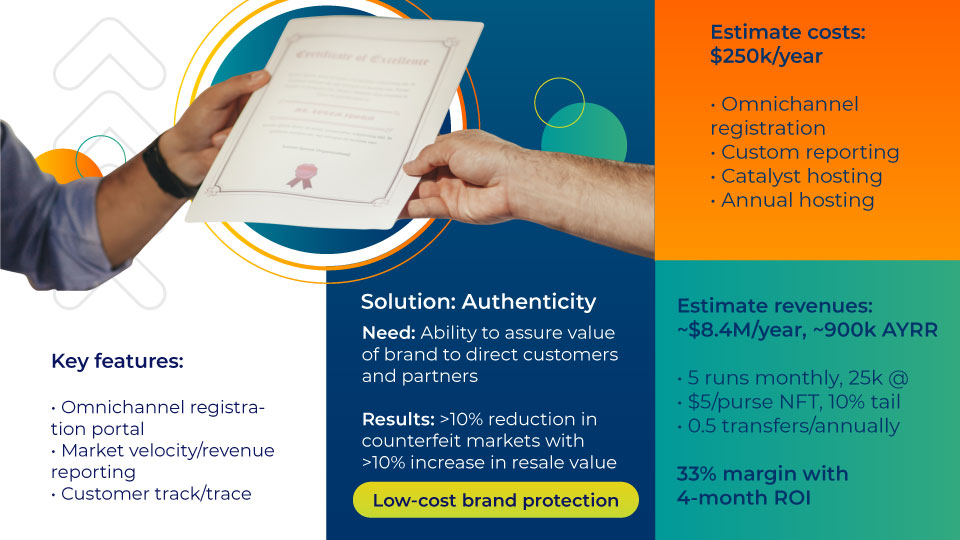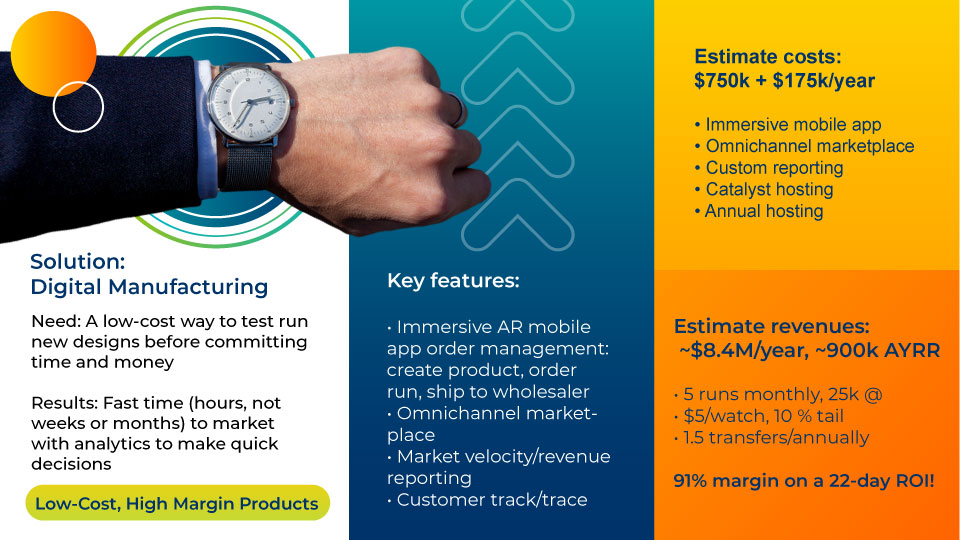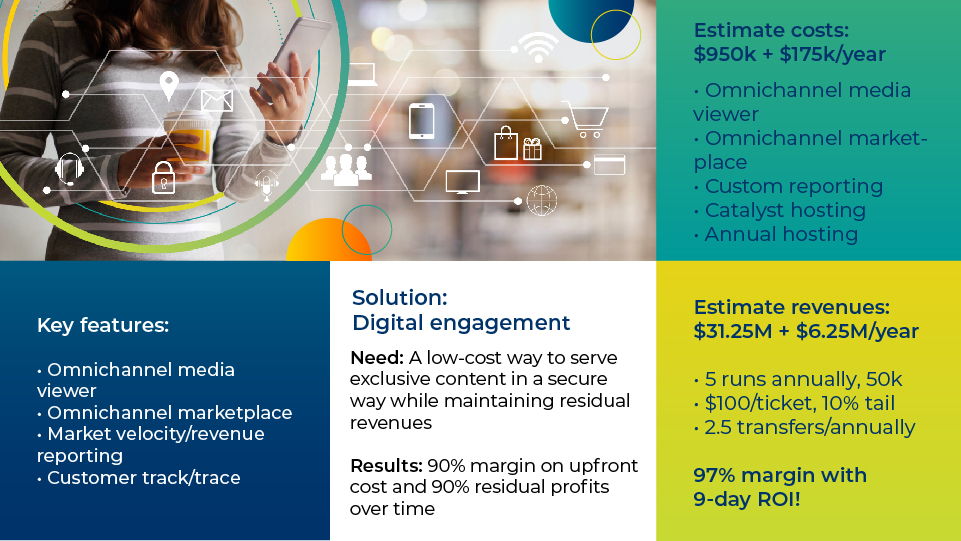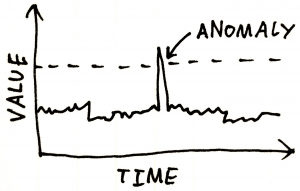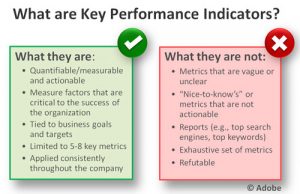Earlier this year, a Gartner® report mentioned: “Previously, most enterprises viewed sustainability as a reputational overlay, which affected mostly marketing and communications. Nowadays, a growing number of companies see sustainability as a strategic parameter that directly affects how they do business and run their operations.”[1] Why? Because it’s a money maker. A well-crafted corporate environmental sustainability practice increases sales, investment, brand equity, and profitability.
Here are some of the ways that the IoT and Edge team at Concentrix Catalyst helps companies meet their sustainability and financial goals:
We find that many are surprised to learn that edge solutions for sustainability are also affordable and easy to implement. Here’s additional detail on each:
Agriculture
In a traditional farm setting, the farmer needs to physically be in the field each day to monitor the equipment, assess its condition, and take readings. With equipment manufactured by a variety of vendors, farmers must learn to use multiple software tools to configure each piece of equipment. In addition, there is an industry-wide underutilization of scientific data for effective farming; for example, many irrigation systems continue to sprinkle water, even when it’s raining. An increasing number of farmers are turning to precision control and monitoring capabilities that allow them to manage their business more efficiently—freeing up time and money for other undertakings in an industry with notoriously small profit margins. Concentrix Catalyst developed central mobile-enabled application able to monitor, control, and manage operations across the farm, freeing the farmers from the need to physically assess conditions and control equipment on their farms. The solution enables farmers to monitor soil moisture and manage ancillary tools, sensors, and devices, regardless of manufacturer. A farmer can access the system, which helps utilize critical resources effectively by calculating scientific data, via desktop or a mobile app.
Streaming audio and video with a command-based interface allows her to view field conditions in real-time and respond accordingly.
Hospitality
A well-known worldwide fast-food franchise needed to reduce waste. Kitchen equipment was prematurely ending up in landfills due to accidental, but irreparable, damage by untrained operators. Food, like fryer oil, was being wasted due to the inefficiency of kitchen technology and employee practices. The restaurant chain hired Concentrix Catalyst to analyze kitchen operations using edge and Internet of Things (IoT) technology. We used edge and IoT to collect and analyze data on kitchen equipment and kitchen staff protocols, resulting in optimization recommendations for over 45,000 restaurants globally.
Google Coral is a leader in edge computing solutions like this, as Coral devices are affordable and the platform processes data very quickly.
Real Estate
Heating, ventilation, and air-conditioning (HVAC) systems in medium and large industrial and office buildings ensure safe, healthy, and comfortable conditions for occupants. A large office park or university campus can consist of hundreds, or thousands, of HVAC units. Industry estimates purport that these systems account for 35 percent of and 40 percent of commercial building energy consumption worldwide. Accordingly, maximizing the efficiency of these systems can result in considerable savings for an organization.
To leverage IoT and edge solutions for sustainability, Concentrix helped a specialty manufacturer of industrial application control valves design precision control of commercial heating and air conditioning systems. They wanted to help organizations better manage costs related to commercial heating and air conditioning control systems. Statistical analysis of data collected via climate-control systems and existing building automation systems affords the opportunity to control the climate of a building or group of buildings more precisely. It also reduces the resources needed for troubleshooting and addressing problems with the HVAC system due to central control of the systems and the ability to better pinpoint issues with the system.
We helped create a streamlined data pipeline that allowed the client to collect the information required, display the correct information to the clients who owned the data, and give engineers access to devices from a central location. A web app allowed for access to the precision-control system, and Catalyst designed the embedded system’s software for control and optimization of sensors and control valves—the software layer, or interface, with which the client’s customers and technicians interacted.
The end solution included an extensive feature set that allowed multiple consumers to benefit. C-level executives could view information about the building at the campus or building level to ascertain where money was being spent on energy use. Because the solution worked with existing building-operation systems, building operators could log into the app to better control building climates, choosing when to override the existing automated controls and responding to occupant comfort. A field engineer suite allowed technicians to monitor, analyze, and update the control system, and enabled remote management and firmware updates for the system hardware—reducing the time and resources needed to send engineers out to examine individual connections for problems.
Good for business. Good for the planet.
Sustainability and profitably are not mutually exclusive, and both are necessary to compete in the modern market. Companies that carefully plan their sustainability strategy and leverage technologies, like IoT and Edge, realize meaningful improvements in sustainability while also improving margins.
For more information about edge solutions for sustainability, and how our Sustainable Experience Engineering (SEE) practice can help your organization with its corporate environmental sustainability efforts, please contact us.
[1] Gartner, Competitive Landscape: Sustainability Consulting,., January 18, 2022
GARTNER is a registered trademark and service mark of Gartner, Inc. and/or its affiliates in the U.S. and internationally and is used herein with permission. All rights reserved.




